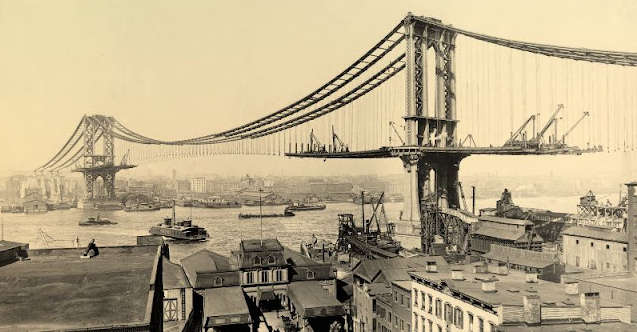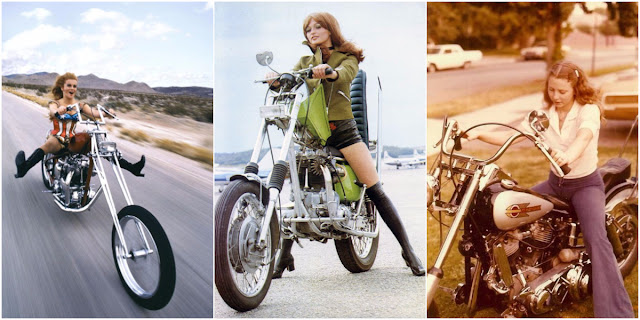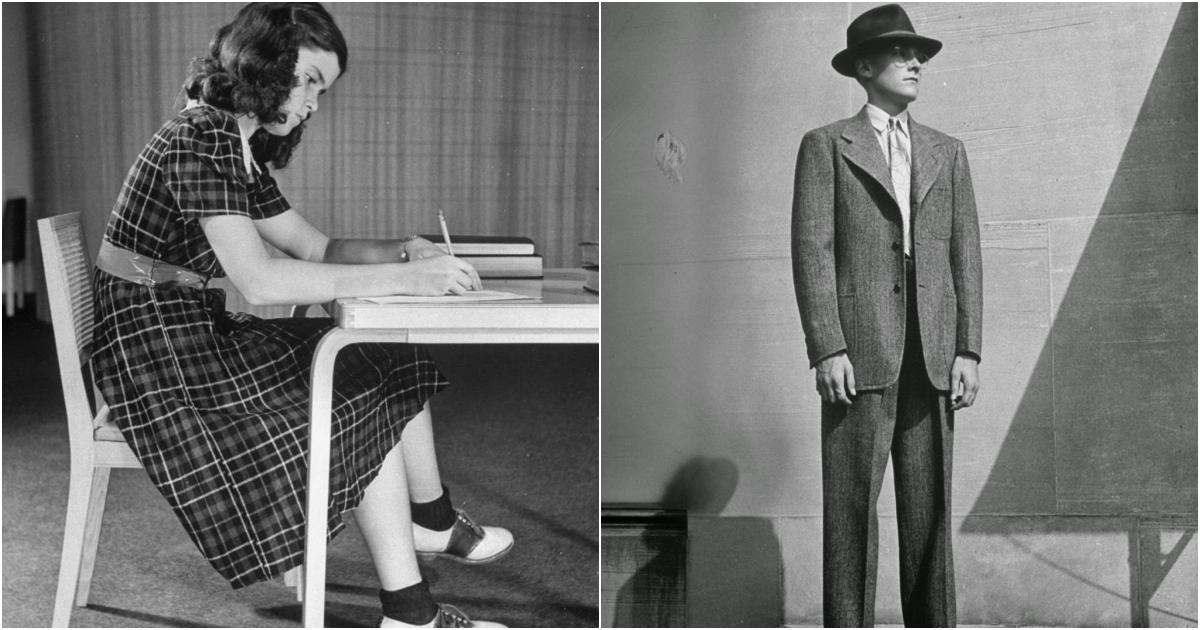The Los Angeles flood of 1938 was responsible for inundating much of Los Angeles, Orange, and Riverside counties, California during February and March 1938. The flood was caused by a pair of Pacific storms that swept inland across the Los Angeles Basin, causing abnormally high rainfall across much of coastal Southern California. Rivers overflowed and dozens of people were killed. Local government agencies responded by turning the Los Angeles River into a flood control channel. When the storm ended on March 3, the resulting damage was huge.
.jpg)
|
| March 2, 1938: Floodwaters in Los Angeles River destroy Southern Pacific railroad bridge. The photo was taken from North Figueroa Street bridge. |
.jpg) |
| Feb. 28, 1938: Autos stall in flooded Fox Hills Boulevard and Slauson Avenue after the first storm brought about 4 inches of rain. |
.jpg) |
| March 1, 1938: A three-story structure once occupied by cafe at Cheeney Road and Topanga Canyon Road collapsed and toppled into the highway as prolonged rains softened foundations. |
.jpg) |
| March 2, 1938: Flooding at West 43rd Place near Leimert Boulevard. |
.jpg) |
| March 2, 1938: Flooding at West 43rd Place and 11th Avenue near Leimert Boulevard stranded a school bus. |
.jpg) |
| March 2, 1938: A mudslide at Harper Avenue and Sunset Boulevard caught this automobile and closed the area to traffic. |
.jpg) |
| March 2, 1938: A washed-out bridge at Colfax Avenue over the Los Angeles River in Studio City. |
.jpg) |
| March 2, 1938: Firemen search for the body of Ruth Randall, 28, and son Leonard, 6, after their home was destroyed by a landslide on the 1900 block of Landa Street. |
.jpg) |
| March 2, 1938: Water rising above the drain level in underground conduits threatened telephone service in downtown Los Angeles. Fire Department pumpers answered the call. |
.jpg) |
| March 2, 1938: Dr. A. J. Gray, left, Douglas Dawson and Dr. A. G. Hobbs do a little fishing at home on 500 block of South New Hampshire. |
.jpg) |
| March 2, 1938: Drains could not keep up with rain filling streets in downtown Los Angeles. |
.jpg) |
| March 2, 1938: Water-soaked earth moved rapidly down the side of Laurel Canyon at Kirkwood Avenue, carrying trees and boulders in its path and wrecking the basement garage of this home. |
.jpg) |
| March 2, 1938: Hugh Beckly stands atop a car almost covered by water at 6th Street near June. Arden Day cruises by in a skiff. |
.jpg) |
| March 3, 1938: William L. Griffin digs out the family car on the 1700 block of Fernlane Street as Lloyd Griffin and David Stagg watch. |
.jpg) |
| March 3, 1938: The family of J.E. Webb in Venice is rescued by boat, and two children with mumps were sent to a hospital. |
.jpg) |
| March 3, 1938: The La Canada Street Bridge over Verdugo Wash near junction of Verdugo Road. The bridge, a WPA project, was under construction when the storm hit. |
.jpg) |
| March 3, 1938: Milkman Ray J. Henville secured himself a boat and boatman and made all deliveries on time and on doorstep. |
.jpg) |
| March 3, 1938: The washed-out Santa Fe Bridge over the Arroyo Seco paralleling Pasadena Avenue Bridge. |
.jpg) |
| March 3, 1938: These ruins were once a residence on the 2000 block of Los Encinos Street, Glendale. Two men met their death when the house collapsed into the street. Workmen search for the bodies. |
.jpg) |
| March 3, 1938: Floodwaters flow slowly through the steets of Venice after a major storm. |
.jpg) |
| March 4, 1938: A road crew removes debris from Foothill Boulevard at Lowell Street near Tujunga. |
.jpg) |
| March 4, 1938: A railroad crane was set up for bridge building work over the Los Angeles River near Avenue 19. |
.jpg) |
| March 5, 1938: Heavily traveled Riverside Drive in Glendale was undermined by the torrent of the Los Angeles River. This damaged section was near the former Grand Central Airport. |
.jpg) |
| March 7, 1938: A portion of Roosevelt Highway (now Pacific Coast Highway) at Santa Monica Canyon is repaired after heavy rains on March 1. |
.jpg) |
| March 7, 1938: Mr. and Mrs. J. L. Smith, their daughter and 5-year-old granddaughter at Burbank and Ethel Streets in Van Nuys begin the task of digging out their home. |
.jpg) |
| March 7, 1938: Los Angeles city engineering crews fill in a 300-yard section of Ventura Boulevard near Laurel Canyon Drive that was gouged out by the swollen Los Angeles River on March 1. |
.jpg) |
| March, 1938: Wreckage piled up in front of the Camp Baldy garage. |
.jpg) |
| Workers repair a telephone pole. No other information was available. |
.jpg) |
| A boulder on a road after a rainstorm on March 1, 1938. The car may be the photographer's vehicle; no other information was available. |
.jpg) |
| March 1, 1938: Flooding in Culver City. |
.jpg)
|
| March 2, 1938: Mrs. L. Swink put on her swimsuit as she moved out after flooding. |
.jpg)
.jpg)
.jpg)
.jpg)



